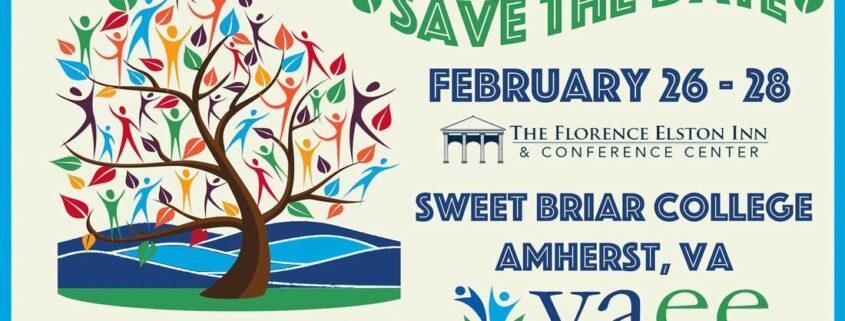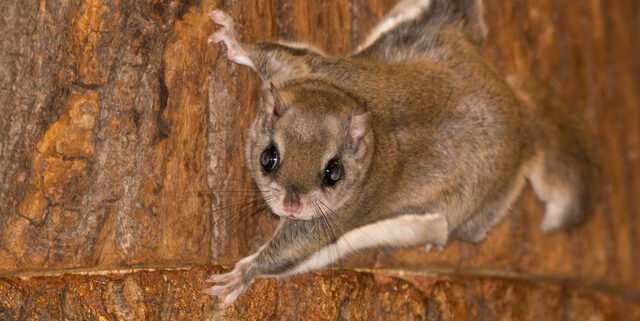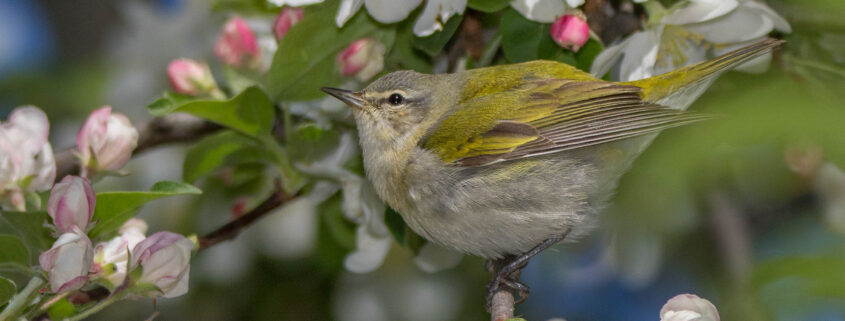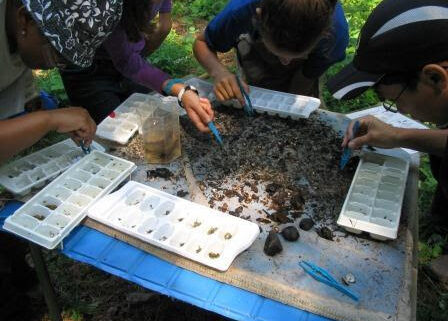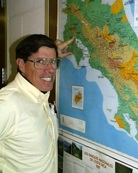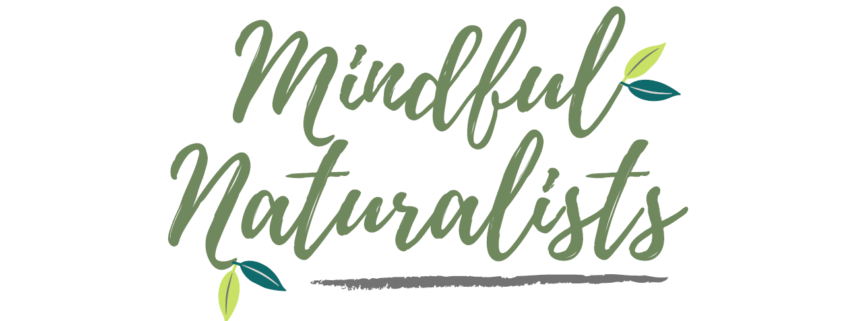Join Other Environmental Educators at the 2020 VAEE Conference
The 2020 VAEE Conference has a lot to offer Virginia Master Naturalists!
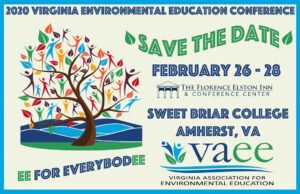 On Wednesday, Feb. 26 there will be many outdoor workshops and classes such as “Wandering the Winter Woods” or “A Wetland Wander at Sweet Briar.” There are full day workshops such as “Communicating Climate Change” and “Lynchburg’s Urban Water Cycle Tour.’’ Plain old fun can be had in the “Make-n-Take” session in which you can make a Mason bee house, a Bluebird box, a Rain Barrel, or Nature Crafts such as corn husk dolls, vine baskets, cordage or memory keepers. The Interactive Activity Showcase will give you many new tools for your education toolbox.
On Wednesday, Feb. 26 there will be many outdoor workshops and classes such as “Wandering the Winter Woods” or “A Wetland Wander at Sweet Briar.” There are full day workshops such as “Communicating Climate Change” and “Lynchburg’s Urban Water Cycle Tour.’’ Plain old fun can be had in the “Make-n-Take” session in which you can make a Mason bee house, a Bluebird box, a Rain Barrel, or Nature Crafts such as corn husk dolls, vine baskets, cordage or memory keepers. The Interactive Activity Showcase will give you many new tools for your education toolbox.
On Thursday, Feb. 27 nineteen different concurrent sessions will be offered, the Awards Luncheon, and most importantly the keynote speaker, Dr. J. Drew Lanham, an author, poet, wildlife biologist and Clemson University’s Alumni Distinguished Professor of Wildlife Ecology. In 2019 he was awarded the National Audubon Society’s Dan W. Lufkin Prize for Environmental Leadership, recognizing “individuals who have dedicated their entire lives to the environment”.
His research focuses on songbird ecology, as well as the African-American role in natural-resources conservation. A South Carolina native, Lanham is active on a number of conservation boards, including the South Carolina Wildlife Federation, Audubon South Carolina, the Aldo Leopold Foundation, BirdNote, and the American Birding Association, and he is a member of the advisory board for the North American Association of Environmental Education.
On Friday, Feb. 28 there will be 14 more concurrent sessions and a closing session with the keynote speaker, our own Nancy Striniste, author of the new book Nature Play at Home: Creating Outdoor Spaces that Connect Children to the Natural World (Timber Press, 2019). Nancy is founder and principal designer at EarlySpace, is a landscape designer, an educator, and an author.
Registration is now open! Early Bird Registration Ends on 12/31/2019 so you have through the end of the year to get in at the reduced rate! You will have many options from full conference registration to only attending one day. Full conference includes all meals for the 2.5 days. https://vaee.wildapricot.org/VAEE2020


